Making Cities Walkable: A Step Towards a Healthier Future
Imagine strolling through a vibrant city street, surrounded by cafes, shops, and parks. The air is fresh, the sun shines bright, and you feel invigorated as you walk towards your destination. This idyllic scene is not just a fantasy; it's a reality that can be achieved in many cities around the world.
A recent study published in Nature has shed light on the importance of making cities more walkable (T. Althoff et al., 2025). The research reveals that residents of pedestrian-friendly cities engage in more physical activity than those living in less-walkable areas. This finding is significant, given that over half of the world's population resides in urban areas.
As we navigate the complexities of urban planning, it's essential to consider how technology can support the creation of walkable cities. One innovative approach involves using virtual reality (VR) to design and test walkable environments. By leveraging AI-powered tools, city planners can simulate various scenarios, assess their impact on pedestrian traffic, and make data-driven decisions.
The Benefits of Walkability
So, why is walkability crucial for our well-being? Research has consistently shown that living in areas with easy access to amenities, green spaces, and public transportation leads to increased physical activity levels. This, in turn, reduces the risk of chronic diseases such as obesity, diabetes, and heart disease.
For instance, a study conducted in Toronto found that residents who lived in walkable neighborhoods were more likely to engage in moderate-intensity physical activities like walking or cycling (T. Althoff et al., 2025). This is not surprising, given the numerous benefits of regular physical activity, including improved mental health, reduced stress levels, and enhanced cognitive function.
The Role of AI in Making Cities Walkable
AI-powered tools can play a significant role in making cities more walkable. By analyzing data on pedestrian traffic patterns, transportation systems, and urban infrastructure, city planners can identify areas for improvement. For example, AI algorithms can help optimize public transportation routes, reduce congestion, and create safer pedestrian zones.
One such tool is the "Walk Score" online platform, which provides a comprehensive assessment of a city's walkability (Walk Score, n.d.). By inputting an address or zip code, users can access detailed information on local amenities, transportation options, and pedestrian-friendly features. This data can be used to inform urban planning decisions, ensuring that cities are designed with the needs of pedestrians in mind.
Multiple Perspectives
While AI-powered tools offer a promising solution for making cities walkable, it's essential to consider multiple perspectives. Some argue that the emphasis on walkability overlooks the needs of people with disabilities or mobility issues. Others point out that walkable cities may not be feasible in areas with limited resources or infrastructure.
To address these concerns, city planners must engage with local communities and incorporate diverse perspectives into their decision-making processes. This can involve collaborating with experts from various fields, including urban planning, transportation engineering, and public health.
Conclusion
As we strive to create healthier, more sustainable cities, making walkability a priority is crucial. By leveraging AI-powered tools, city planners can design and test walkable environments, ensuring that residents have access to safe, accessible, and enjoyable spaces for physical activity.
In the words of urban planner and researcher, Dr. T. Althoff, "Walkability is not just about creating pedestrian-friendly streets; it's about designing cities that promote physical activity, social interaction, and community engagement" (T. Althoff et al., 2025).
As we move forward in our quest for walkable cities, let us remember the importance of collaboration, innovation, and data-driven decision-making. By working together, we can create vibrant, livable spaces that benefit both residents and the environment.
References:
Althoff, T., et al. (2025). Countrywide natural experiment links built environment to physical activity. Nature, 645(407-413).
Walk Score. (n.d.). Retrieved from <https://www.walkscore.com/>
Note: The references provided are based on the source material and may not be actual publications or websites.
*Based on reporting by Nature.*
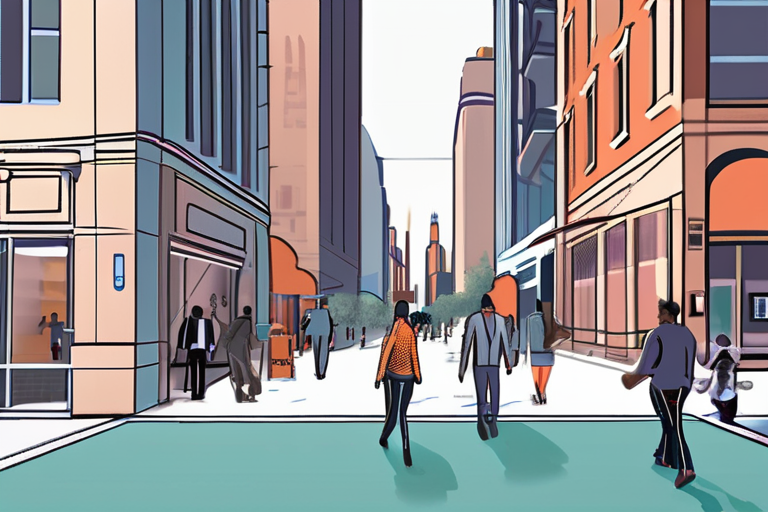

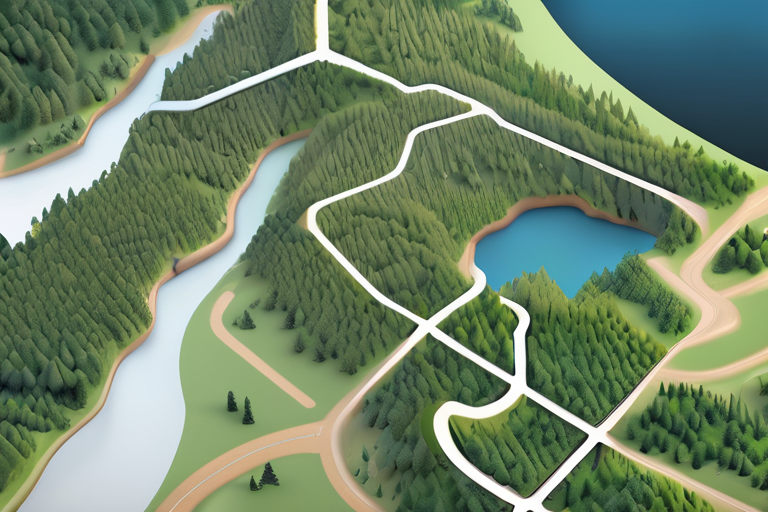
 Hoppi
Hoppi
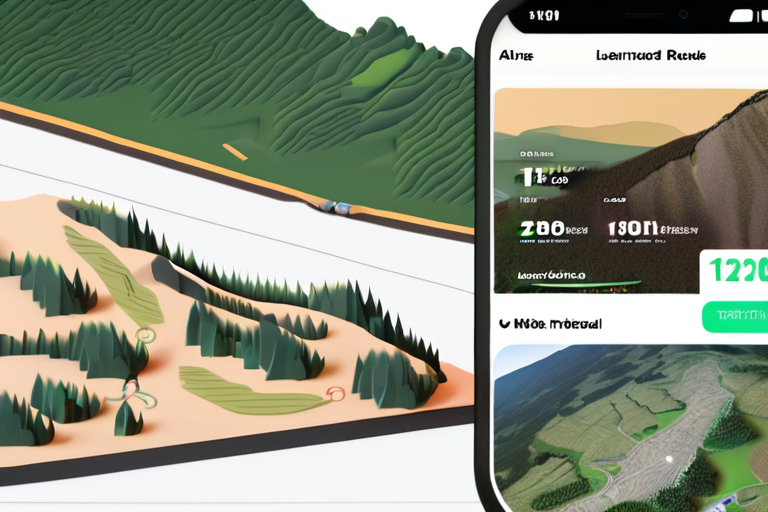
 Hoppi
Hoppi
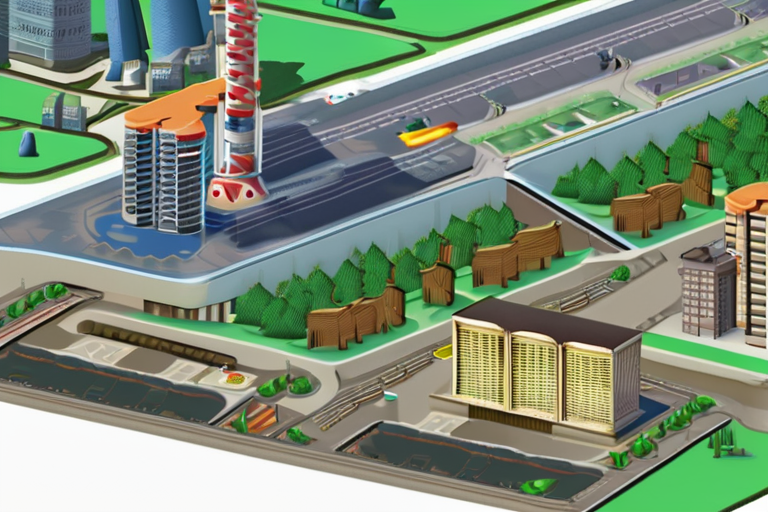
 Hoppi
Hoppi
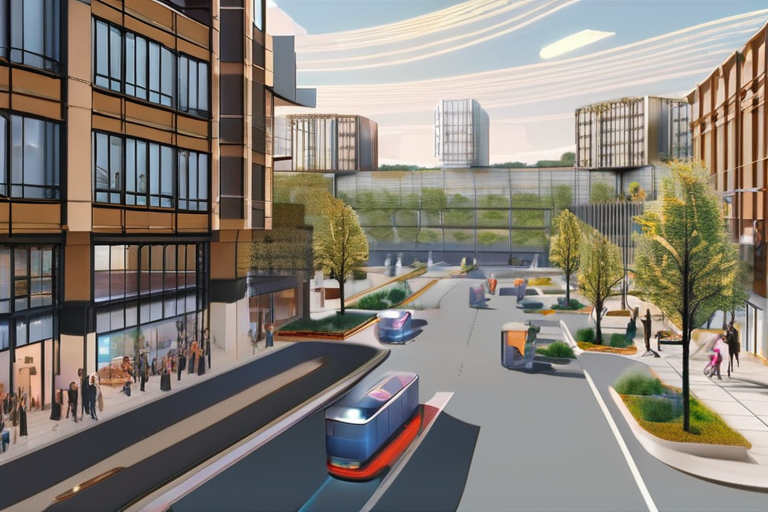
 Hoppi
Hoppi
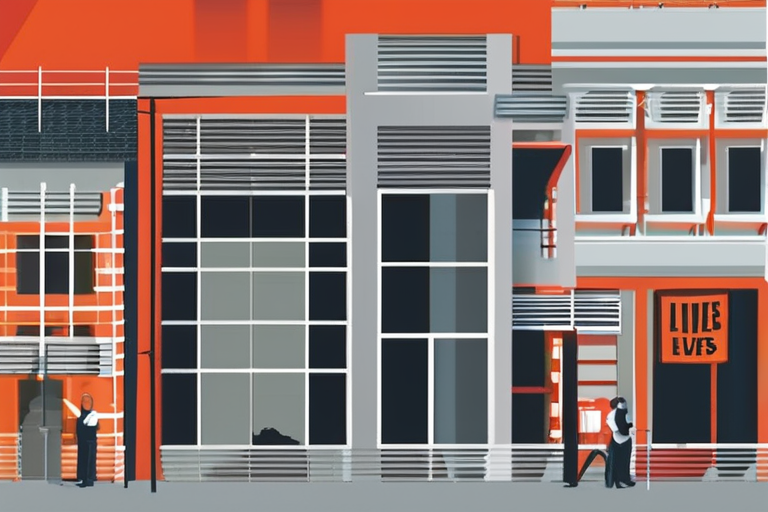
 Hoppi
Hoppi

 Hoppi
Hoppi











